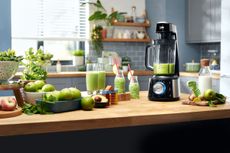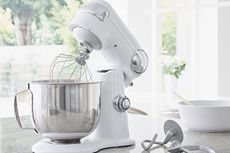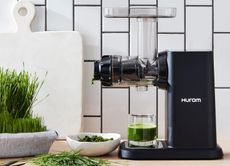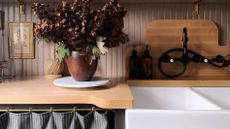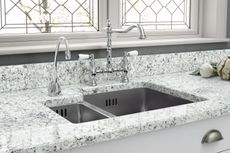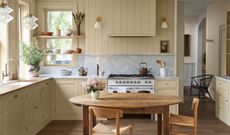Cleaning tips – our essential guide to keeping your home spotless
'Housework is something you do that nobody notices until you don't do it.' – Anonymous
- (opens in new tab)
- (opens in new tab)
- (opens in new tab)
- Sign up to our newsletter Newsletter
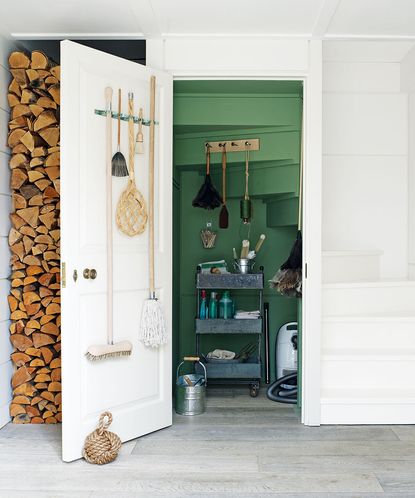

Discover how to get the chores done in double-quick time with the very best in appliances, products and insiders’ cleaning tips.
Whether you thrive on doing it right or will do anything to get out of it, cleaning is an unavoidable part of everyday life. From scrubbing tiles and mopping up spills to de-greasing the oven and giving a once-over with the vacuum there’s no escape, but at the very least you can ensure utility room ideas make space for the best possible tools for the job.
Thanks to huge advances in technology, laborious domestic chores can now be tackled in a matter of minutes, and while there still is no substitute for being thorough, if you choose your equipment wisely you’ll no longer need to spend hours getting the job done.
Over the past few years there has been an explosion in new, innovative cleaning appliances. From cordless vacuums and pet-specific designs to professional grade carpet cleaners and steam mops there’s never been more labour savers to tempt. But how can you tell the good from the gimmicky?
We’ve asked the experts for their top cleaning tips, buying advice and personal opinion on the latest designs so next time you’re looking for a new cleaner or just want to know how to do the job right, you’ll know where to look. And if you really can’t face the feather duster, we’ve also sought the best advice on hiring help and finding a cleaner who’s all too happy to take the strain.
Floor care
Clean faster, deeper and easier with the latest hi-tech home helpers.
With prices ranging wildly, a whole range of sizes, features and styles, choosing a vacuum cleaner can be utterly confusing, unless you know where to begin. Vacuum cleaners fall into three main camps; upright, cylinder and handheld.
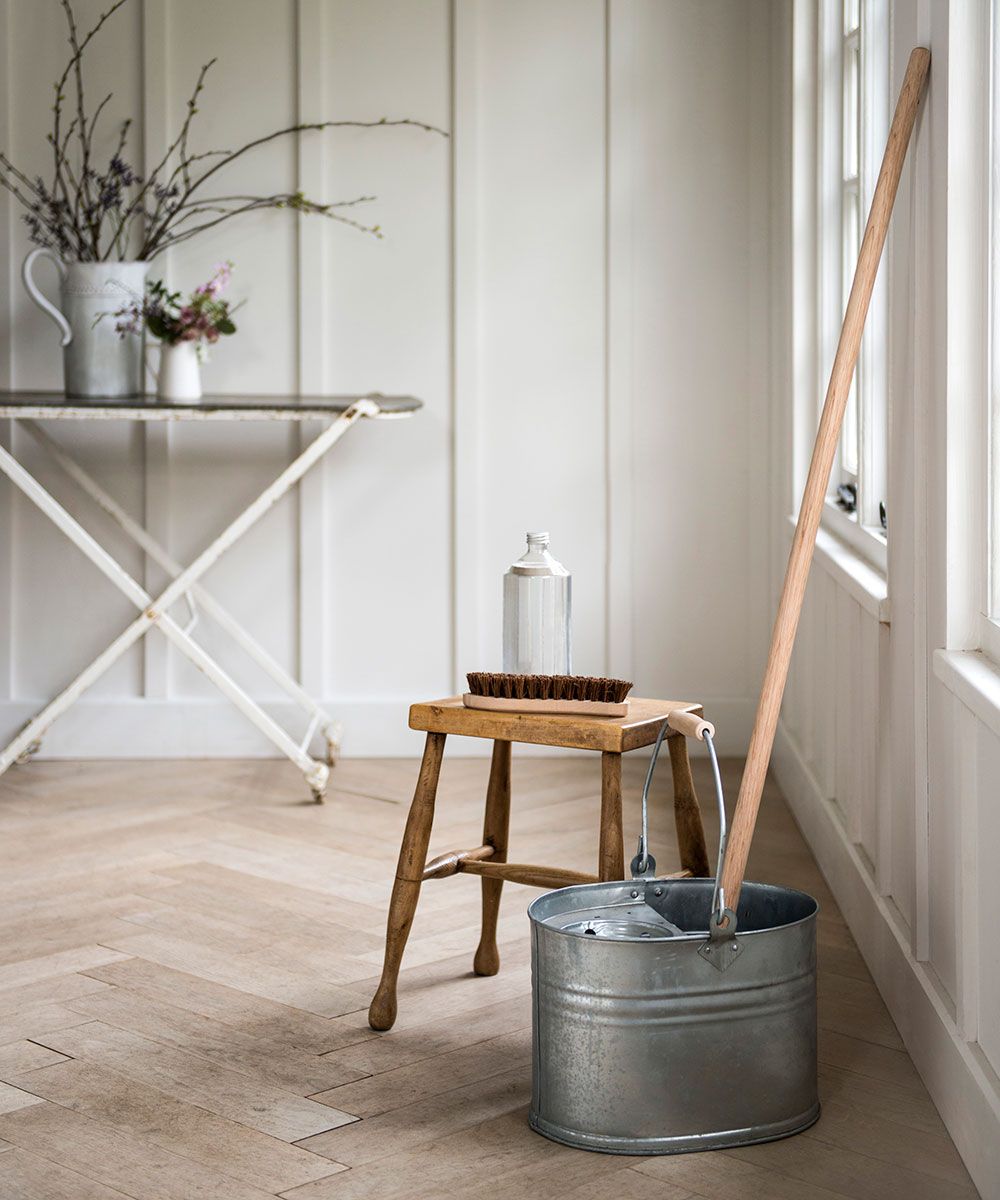
HANDHELD
As a general rule handheld cleaners are designed to work alongside a main vacuum – dealing with spills, cleaning the car etc – but were now seeing more intermediate designs aimed at people living in flats who don’t have the room for a larger vacuum.
- We recommend choosing a rechargeable handheld for maximum flexibility. Battery life lasts around 10min, which doesn’t sound great, but is more than enough for a quick clean.
- Look for removable and washable filters to make maintenance easier. Most handheld designs are bagless making them easier to empty.
- Go for the most powerful motor you can afford. The more powerful, the greater the suction.
- Look for brush and nozzle attachments to help clean tight spots. The best designs come with onboard storage so you have them readily to hand.
CYLINDER VACUUMS
‘Cylinder models are usually lighter than uprights, they're good at tackling hard-to-reach areas – under furniture, round corners and on stairs’ explains Yat Wong-Jones, buyer for small electrical appliances at John Lewis. ‘They tend also to have more flexible cleaning heads, but can be more difficult to manoeuvre.’
- Compact designs make cylinder vacuums easy to store.
- Because many cylinder vacs don’t use a brush head they rely on suction to clean so always choose the highest power (measured in Watts). This makes them especially good on hard floors.
- For carpets/pets look for designs with motorised brush heads to get deep down clean.
UPRIGHT CLEANERS
‘Upright cleaners can give you better control and are more suitable for large areas of carpet’ explains Yat Wong-Jones, ‘As the dirt has less distance to travel up the cleaner, wattage also isn’t as important as with cylinder models.’
- Uprights feature a motorised, rotating brush within the cleaning head which combs the pile and pulls up dust and dirt from the floor into the vacuum cleaner bag or dust container.
- They make light work of large areas, but the bulky head can make getting into corners tricky.
- Upright designs are generally better at removing pet hair from carpets.
- Look for designs with an extra on-board hose. Some can extend long enough to reach the top of the stairs; others come with motorised brush heads for cleaning upholstery.
FILTERS
All cleaners have some type of filtration system to prevent dust particles from re-circulating in the room, but if you’re susceptible to allergies, or have pets it’s worth looking out for a HEPA (High Efficiency Particulate Air) which retain even the smallest of allergy-causing particles.
Deep cleaning
Take your pick from the best appliances for when your laminate need scrubbing, carpets shampooing and hard floors polishing.
Carpet and hard floor cleaners work by squirting water and cleaning detergent onto the surface, brushed in/scrubbed, and then sucked up into a dirty water tank. Below are the features to look for:
TANK SIZE
- The larger the water tank the greater area it will be able to clean. As a general rule a 2litre tank will be large enough to clean a 10"x12" room.
ROTATING BRUSHES
- As with vacuums, rotating brushes help remove ground-in dirt on carpets and upholstery. Upright carpet cleaners feature the best brush heads but can be awkward getting into corners.
HOT WATER
- Look for machines than use hot water as this will help activate cleaning detergent and loosen stubborn stains.
ONBOARD TOOLS
- Look for useful onboard tools such as a carpet-treatment applicator, wash tool, stair hose and powered wash brush – ideal for refreshing stairs, upholstery and car interiors.
HARD FLOOR
- Many machines can be used on hard floors such as lino and tiles. Some come with a lip attachment that clips on to the front and works like a squeegee.

Steam clean
Tackle the toughest jobs without a harsh chemical in sight. There are a whole host of things you can clean with a steam cleaner.
There are two main types of steam cleaner – large vacuum sized and portable. Both feature pressurised boilers which heat water ready to be expelled as steam. Smaller models will need re-filling more often and may be less powerful but are great for cleaning tight corners.
Steam can be used to clean and sanitize a huge number of surfaces without the need for detergents; from mattresses and upholstery to carpets, rugs and hard flooring. It can also help clean a bathroom or clean a showerhead of limescale, clean grout and make your oven and hob sparkle again. With the right attachment it can also be used to knock creases from hanging curtains and iron your clothes.
When choosing your steam cleaner, look out for the following:
STEAMING TIME
- Check and see how long the steamer will work before it needs refilling. On cheaper models you may only get 10-20 minutes.
HEAT UP
- Some models take longer to warm up than others.
STEAM POWER
- Look for the highest steam output you can afford. Measured in g/min the higher the figure, the more powerful the steam.
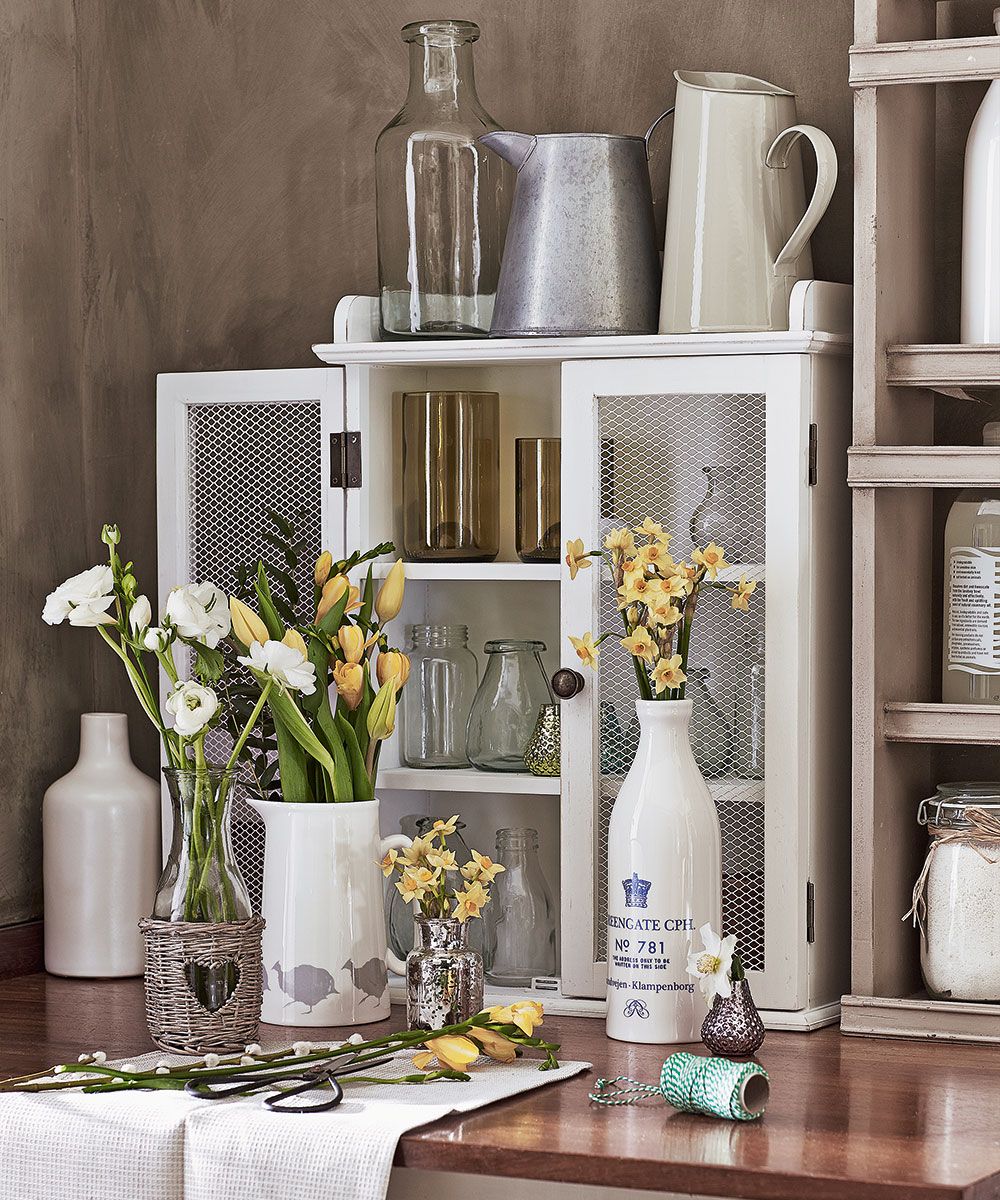
Make life easier with these cleaning tips
We asked Wendy Miranda, Customer Ambassador from cleaning experts Lakeland to spill the beans on her top cleaning tips and must have products.
CLEAN YOUR HOUSE WITH NATURAL INGREDIENTS
Cleaning with vinegar, cleaning with baking soda, cleaning with lemon juice and using olive oil can all be effective.

POLISH WOOD
Mix one part olive oil to one part lemon juice and rub on furniture before buffing with a dry cloth.
DEODORIZE THE FRIDGE
Place a box of baking soda in the fridge and freezer to absorb odors.
FRESHEN THE MICROWAVE
Put lemon slices in a bowl of water and cook on high for one minute.

TACKLE MILDEW
Mix equal quantities lemon juice and soda, apply to any black spots, leave for one hour before rinsing, repeat if necessary.
DE-GREASE THE TUB
To clean a bathtub, make a paste with two parts soda to one part vinegar and apply with a damp cloth. Leave for 10min before rinsing.
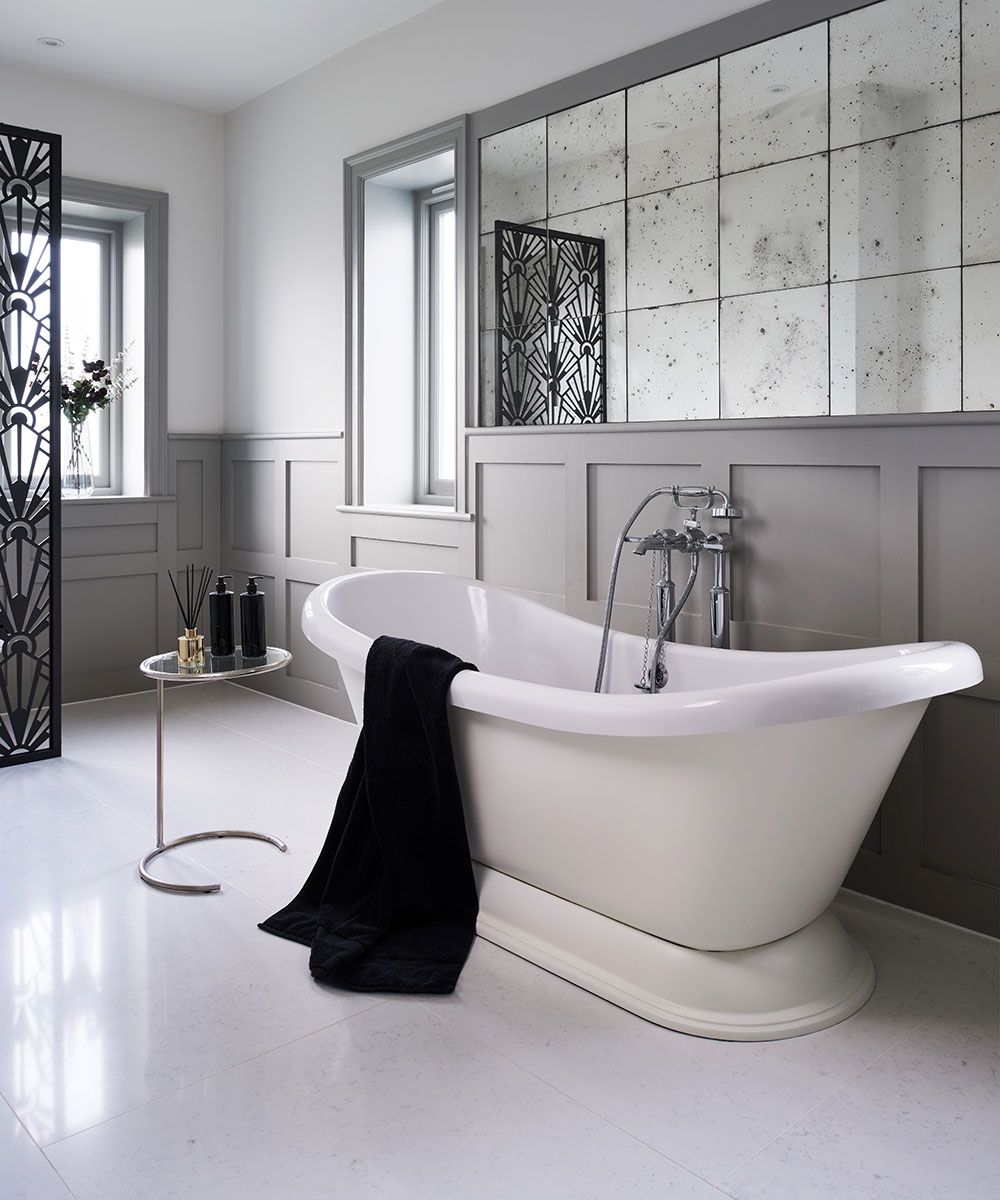
SCRUB THE FLOORS
Mop vinyl or clean tile floors with eight tbsp of vinegar diluted in three litres of hot water.
MAKE WINDOWS SPARKLE
To clean a window without streaks wash with two to three tbsps of vinegar to three litres of warm water and dry with scrunched newspaper for a brilliant finish.
GET STAINLESS STEEL TO SHINE
Mix a paste of water and baking soda and use just like a regular cream cleaner.
CLEAN THE LOO
Sprinkle soda into the bowl, squirt with vinegar and scour with a toilet brush.
Get someone in
Find the best home help to tackle those unavoidable domestic duties.
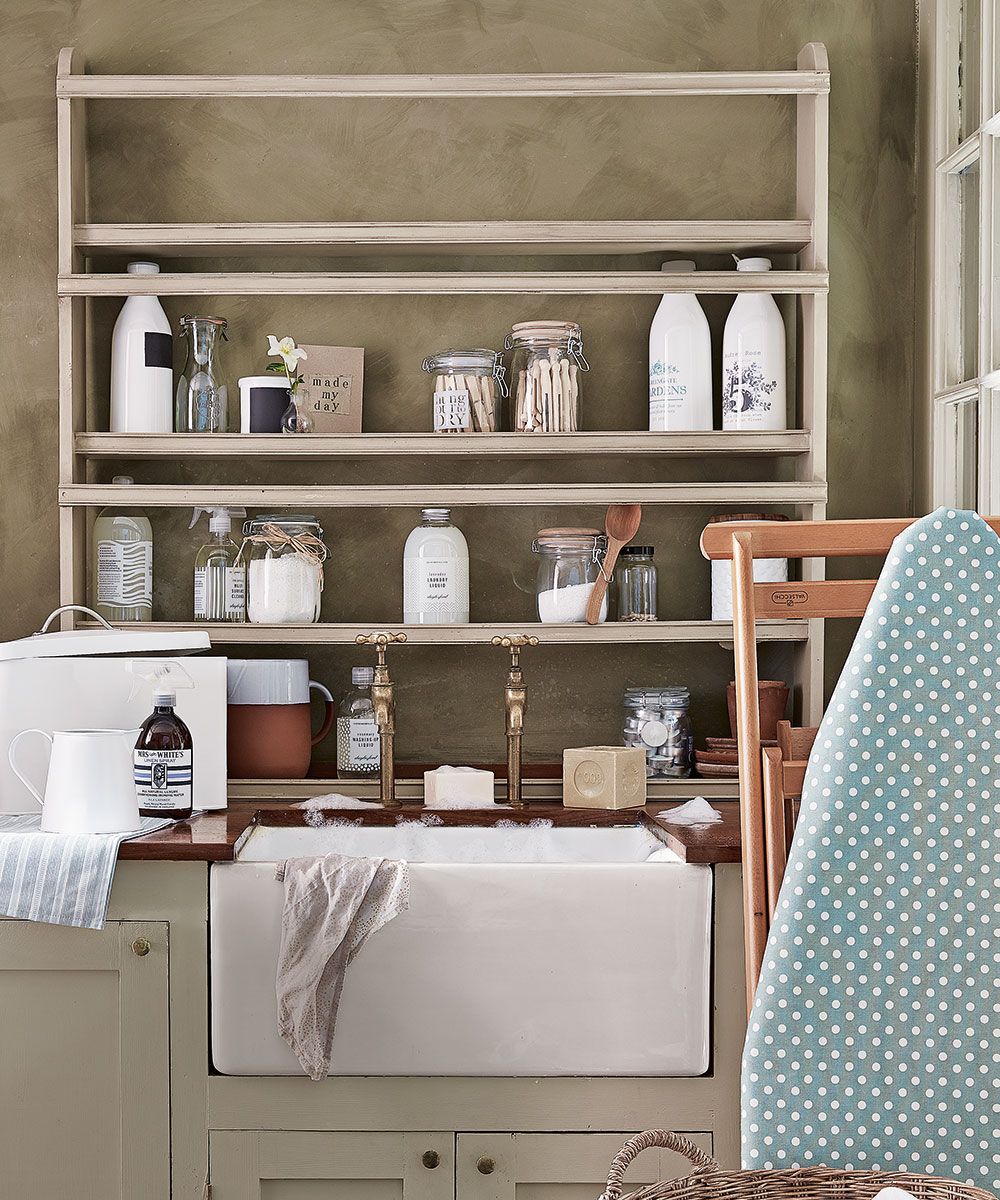
1. Ask for recommendations – Ask friends and family for recommendations as almost half of domestic help is found through word of mouth.
2. Use an agency – Hiring through an established agency should mean added security as references should have been checked. You’ll often be required to pay a one-off agency fee and an hourly rate direct to the cleaner.
3. If you find someone yourself make sure you get references, and if you feel necessary a CRB check (Criminal Records Bureau). It’s important your cleaner is reliable and trustworthy and previous employers will be able to tell you this.
4. Suggest a trial period of three to four weeks so you can get to know each other. Also make sure you walk your cleaner room-to-room and tell them what you expect before they start.
Many cleaning agencies will offer specific services for a fixed price. These can include a one-off spring clean, house move cleaning, end of tenancy cleans and even after-party clean-up.
Cleaning diary
Know what jobs needs doing when with our at-a-glance guide.
Weekly
Furniture – Dust all surfaces
Floors – Mop and/or vacuum
Kitchen sides and sink – Wipe down and disinfect
Appliances – Wipe down
Bathroom suite – Clean and scrub
Toilets – Scrub, clean and disinfect
Kitchen bins – Clean and disinfect
Skirting boards – Dust

Monthly
Upholstery – Clean upholstery by vacuuming
Moldings – Dust doorknobs, clean and disinfect
Windows – Wash inside
Cupboards – Wipe down
Oven – Scrub
Microwave – Deodorize
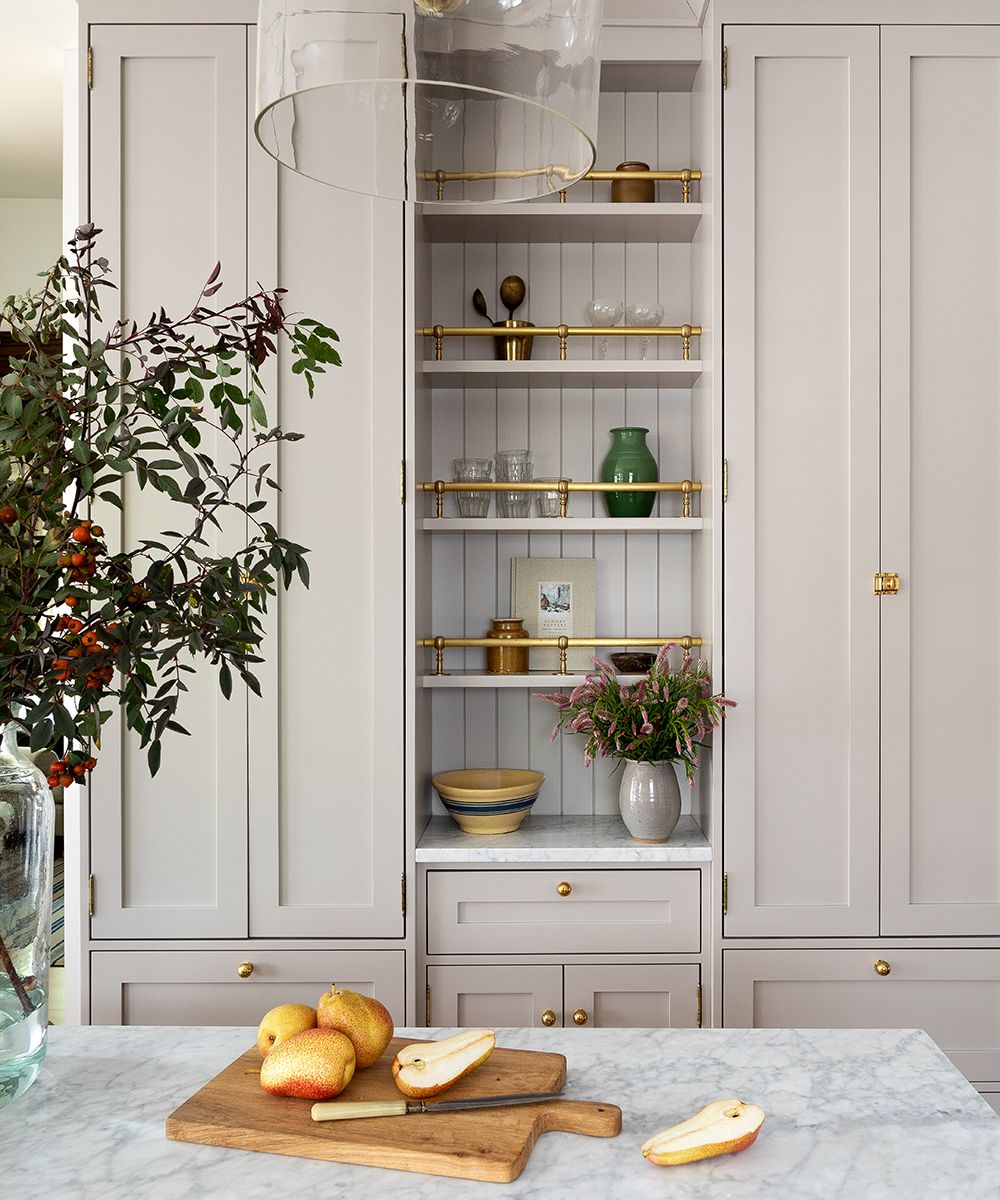
3 to 6 months
Windows – Wash outside
Curtains – Dry clean if required
Mattresses – Clean mattresses as part of your routine in cleaning a bedroom
Fridge – Clean and disinfect inside
Kettle and coffee maker – De-scale
Lampshades – Dust

6 to 12 months
Rugs – Clean area rugs by beating or opt for professional clean
Carpets – Use machine or clean professionally
Walls – Clean walls of marks and scuffs
Comforters, duvets and pillows – Wash pillows according to the laundry symbols on the care label, wash a down comforter, and wash and tumble dry a duvet
Front door – Clean a front door thoroughly

Jennifer is the Digital Editor at Homes & Gardens. Having worked in the interiors industry for a number of years, spanning many publications, she now hones her digital prowess on the 'best interiors website' in the world. Multi-skilled, Jennifer has worked in PR and marketing, and the occasional dabble in the social media, commercial and e-commerce space. Over the years, she has written about every area of the home, from compiling design houses from some of the best interior designers in the world to sourcing celebrity homes, reviewing appliances and even the odd news story or two.
-
-
 7 expert-approved methods to remove candle wax from carpet
7 expert-approved methods to remove candle wax from carpetCleaning professionals share their tips on how to remove candle wax from carpet
By Millie Hurst • Published
-
 Are you making these critical design mistakes in your small home office? Experts reveal 7 they always avoid
Are you making these critical design mistakes in your small home office? Experts reveal 7 they always avoidWant to know what's wrong with your workspace? Experts reveal the top 7 design mistakes we're making in our small spaces
By Zara Stacey • Published
-
 How to clean a blender – keep it hygienic and make it last
How to clean a blender – keep it hygienic and make it lastIt’s a hard-working kitchen appliance, so find out how to clean a blender with our guide
By Linda Clayton • Published
-
 How to clean a stand mixer – 5 simple steps to steak-free shine
How to clean a stand mixer – 5 simple steps to steak-free shineWondering how to clean a stand mixer? We've condensed the process into 5 simple steps. Here is everything you need to know...
By Millie Fender • Published
-
 How to clean a juicer – 5 tried-and-tested tips to make juicing clean and easy
How to clean a juicer – 5 tried-and-tested tips to make juicing clean and easyIncluding advice for centrifugal and cold press juicers, here is how to clean a juicer
By Millie Fender • Published
-
 How to clean a coffee maker – and why you shouldn't use vinegar
How to clean a coffee maker – and why you shouldn't use vinegarThis is when and how to clean a coffee maker for the best-tasting brews, and why vinegar can damage your machine
By Ruth Doherty • Published
-
 What not to clean with vinegar – 10 items it can harm
What not to clean with vinegar – 10 items it can harmThese are the items that can be damaged by it, so find out what not to clean with vinegar
By Sarah Warwick • Last updated
-
 Using white vinegar in laundry – to deodorize and brighten clothes quickly
Using white vinegar in laundry – to deodorize and brighten clothes quicklyThinking of using white vinegar in laundry? This simple ingredient will leave you with soft, odorless clothes, instantly
By Megan Slack • Last updated
-
 How to clean a stainless steel sink – 5 steps to a streak-free shine
How to clean a stainless steel sink – 5 steps to a streak-free shineDiscover how to clean a stainless steel sink so it sparkles like it’s brand new
By Sarah Warwick • Published
-
 Cleaning a kitchen – 10 expert-led steps to a spotless space
Cleaning a kitchen – 10 expert-led steps to a spotless spaceWant to know how to deep clean a kitchen with ease? These tips are all you need
By Thea Babington-Stitt • Published


